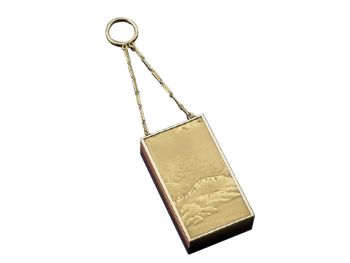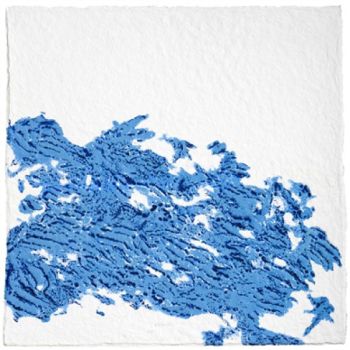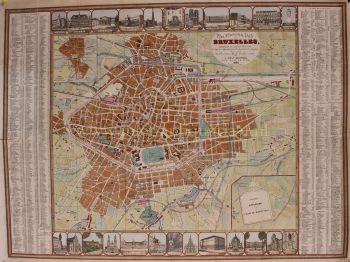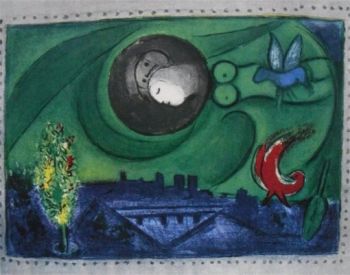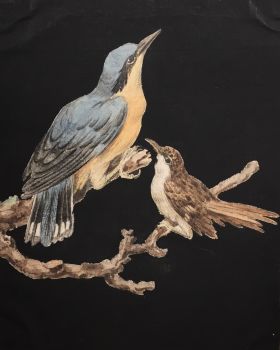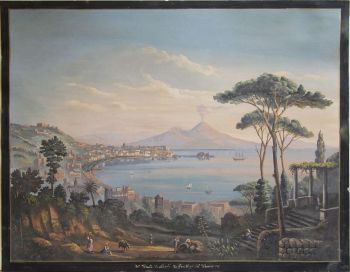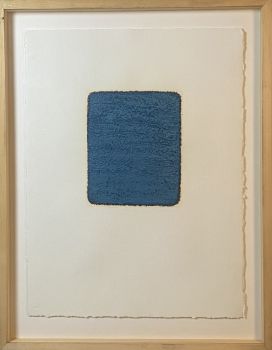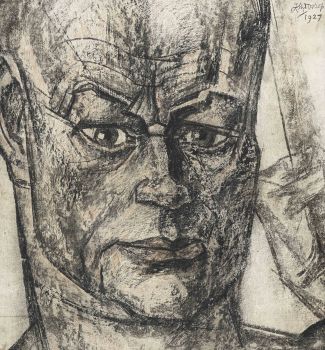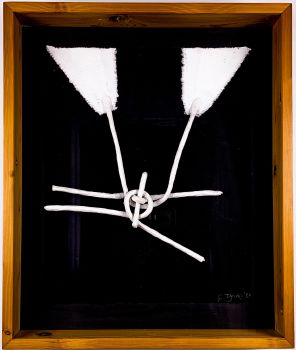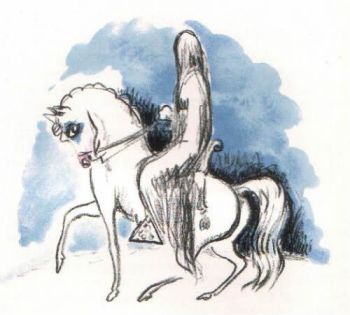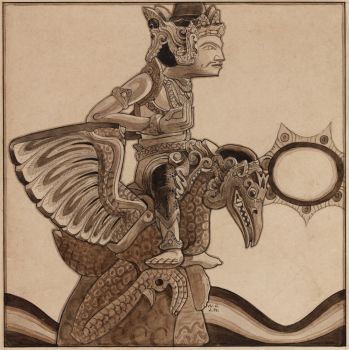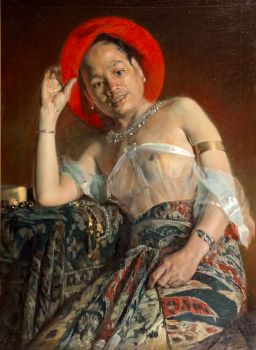ENGELBERT KAEMPFER BOEK 1651 - 1716
Engelbert Kaempfer
Papier
ConditionRestored
Prijs op aanvraag
Zebregs & Röell - Fine Art - Antiques
- Over kunstwerkDe Beschryving van Japan, behelsende een verhaal van den oude en tegenwoordigen Staat en Regering van dat Rijk, ...... benevens eene Beschrijving van het Koningryk Siam ........Uyt het Engelsch in ‘t Nederlands vertaalt. Published in 1729 by P. Gosse and J. Neaulme, ‘s Gravenhage, and Balthasar Lakeman, Amsterdam.
First Dutch edition with numerous copper plates showing the geography, architecture, flora, fauna, the Dutch court journey, Japanese script, Gods, etc.
In a modern slip-case. Original marbled cover, spine replaced. With some restorations.
Note:
Engelbert Kaempfer, born in Germany, was a physician, medical doctor, naturalist and world traveller. In 1683 he departed on a trip via Moscow to the court of the Shah of Persia in the company of a Swedish delegation. There he joined the VOC as ship’s doctor, and by way of India went to Batavia, the VOC headquarters in Asia. In Batavia he studied all available sources of Japan he could lay hands-on, and in 1690 got his chance to go to Japan where he stayed till November 1692 in the Dutch trade-post on the small island of Deshima in the harbour of Nagasaki. During his stay in Japan, he twice accompanied the “Opperhoofd”, head of the trading post, on his court journey to the Shogun in Edo (Tokyo). On these trips, he observed and made notes on the history, society, politics and religion, as well as flora and fauna of Japan, and he also made many sketches for the illustrations in his books. Thanks to his training in many topics such as mathematics, astronomy, natural science and medicine, Kaempfer was the first Western person with a scientific approach to countries in Asia, which were so different from Europe. Gifted with excellent observational capacities, he recorded everything he saw in great detail in writing and drawing. His descriptions of the audiences with the Shogun also clearly show the enormous hunger of the Japanese for information about Holland and the Western world. The Shogunate at that time was bent on not allowing any geographical information on Japan to go out of the country. By adding descriptions in Arabic to his drawings, Kaempfer got away with it.
After his return to Holland in 1693 Kaempfer first wrote his thesis and received his doctorate from the University of Leiden in 1694. After that, he returned to his native Germany where he was employed as a medical doctor and devoted much of his time to writing his book “Das Heutige Japan”. He was unable to find a publisher, and after his death in 1716, all the material he had collected and his manuscript went to his nephew who due to financial problems sold everything and subsequently it was acquired by the collector and physician Sir Hans Sloane, who asked his young Swiss librarian Johan Caspar Scheuchzer to translate the German manuscript into English. Scheuchzer, not being a native English speaker and not being very sympathetic towards Kaempfer’s positive attitude towards Japanese social and heretic religious systems, made various changes and eliminations to the original manuscript. The present Dutch translation was based on Scheuchzer’s English edition.
Nevertheless, upon its first publication in 1727 “The History of Japan” was an immediate success and with its 12 editions in a short time and the translation into French and Dutch, must be considered an absolute best-seller.
- Over kunstenaar
Engelbert Kaempfer (16 september 1651 - 2 november 1716) was een Duitse natuuronderzoeker, arts, ontdekkingsreiziger en schrijver die bekend stond om zijn rondreis door Rusland, Perzië, India, Zuidoost-Azië en Japan tussen 1683 en 1693.
Hij schreef twee boeken over zijn reizen. Amoenitatum exoticarum, gepubliceerd in 1712, is belangrijk vanwege de medische waarnemingen en de eerste uitgebreide beschrijving van Japanse planten (Flora Japonica). Zijn History of Japan, postuum gepubliceerd in 1727, was de belangrijkste bron van westerse kennis over het land gedurende de 18e en het midden van de 19e eeuw, toen het gesloten was voor buitenlanders.
Bent u geïnteresseerd om dit kunstwerk te kopen?
Artwork details
Related artworks
LAWRENCE WEINER
"SKIMMING THE WATER [MENAGE A QUATRE]" Signed book plus small artwork2010 - 2014
Prijs op aanvraagGallerease Selected
Yoko Ono
YOKO ONO: "ARISING" SIGNED BOOK PLUS SMALL ARTWORK 2010 - 2014
Prijs op aanvraagGallerease Selected
1 - 4 / 19Onbekende Kunstenaar
A large Japanese Imari porcelain 'VOC Groningen' dish1800 - 1925
Prijs op aanvraagZebregs & Röell - Fine Art - Antiques
Onbekende Kunstenaar
A RARE LARGE JAPANESE LACQUERED LEATHER TELESCOPE1750 - 1800
Prijs op aanvraagZebregs & Röell - Fine Art - Antiques
1 - 4 / 24Jan Sluijters
Moeder met twee kinderen in badkamer1900 - 1950
Prijs op aanvraagStudio 2000 Art Gallery
1 - 4 / 24Onbekende Kunstenaar
A large wall map of Asia by Nicolas de Fer 1647 - 1720
Prijs op aanvraagZebregs & Röell - Fine Art - Antiques
Onbekende Kunstenaar
Twee studieportretten van Mas Marco Kartodikromo1900 - 1950
Prijs op aanvraagZebregs & Röell - Fine Art - Antiques
 Gecureerd door
Gecureerd doorDanny Bree
Onbekende Kunstenaar
The Stamford Raffles Secretaires.1800 - 1813
Prijs op aanvraagZebregs & Röell - Fine Art - Antiques
1 - 4 / 12


















!["SKIMMING THE WATER [MENAGE A QUATRE]" Signed book plus small artwork by LAWRENCE WEINER](https://media-2.gallerease.com/images/442bfd5f-fc31-4e18-a2fa-ee0c08eade64/350x350/skimming-the-water-menage-a-quatre-signed-book-plus-small-artwork.jpg)




















